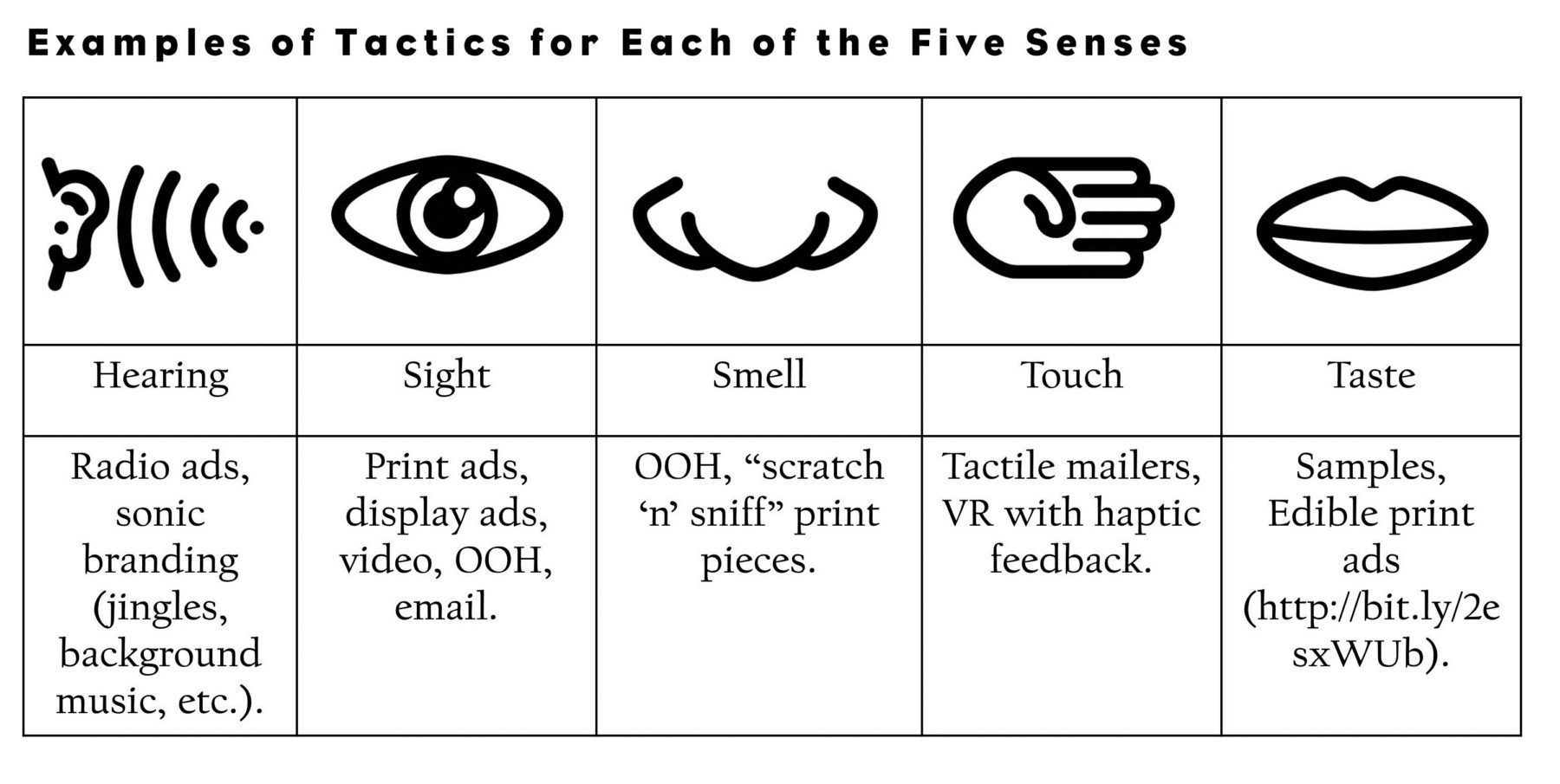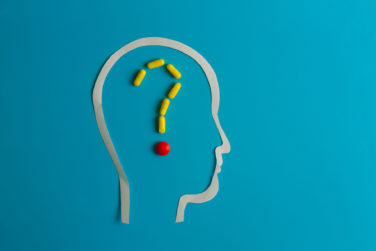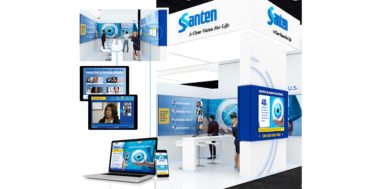Right now, I’m looking at a YouTube video that has, as of today, been watched more than 1.5 million times—not shabby, especially when you consider that it’s a tutorial for folding bath towels. And it’s a fairly boring, uninspired tutorial at that: We’re talking how to fold in thirds, how to line up corners, how to flip the fabric over. It’s also 18 minutes long.
So why are so many people watching this lengthy, monotonous clip? It turns out not to have anything to do with the content itself, but the way the soundscape makes people feel when they listen to it. Autonomous Sensory Meridian Response (ASMR for short) is an unexplained phenomenon that a growing number of people use to describe the pleasant sensation they get from listening to soft, repetitive, soothing sounds. Sounds such as tapping fingers, brushing hair, or, yes, smoothing out the creases in a terry cloth towel.
Like many phenomena, its popularity has snowballed thanks to the Internet. A large community of ASMR enthusiasts gathers in forums such as Reddit, swapping videos that trigger the feeling, which they describe as buzzing or tingling in their scalp. No one has yet been able to determine exactly why ASMR occurs, or why it occurs in some people but not in others, or why certain sounds click better with different people. What they do know is that, when it happens to someone, they feel good.
Applying the ASMR Phenomenon to Marketing
Naturally, it’s not taken long for marketers to capitalize on this. Last year, BBDO Beijing released a commercial for Dove chocolate that painstakingly followed the movements of a woman unwrapping and eating a piece of the candy in an attempt to trigger ASMR in viewers. While results from the campaign aren’t available yet, it’s clear that this could be a popular marketing technique in the future.
But not necessarily for pharma. Multisensory marketing, or the use of non-visual elements to brand a product, have seen widespread success in a variety of consumer verticals. Think about the Alka-Seltzer fizz, the Kit Kat snap, or the HBO static buzz. Other brands venture into sonic branding more lightly, with jingles or sound sign-offs (think Intel) that remind consumers of the product even if they’re not looking at the screen. However, there have been very limited attempts to access that space from a pharmaceuticals perspective.
It’s not too hard to imagine why not: Pharma brands haven’t been around for as long as something like Dove. When they lose their patent, they’re frequently dismissed and deprioritized. Additionally, regulatory restrictions take up brand teams’ time and energy, leaving many of them to stick with the generic block and tackle tactics. After all, it’s easy enough to take a website through PRC. But how would you get legal to weigh in on an iconic ker-plop?
Multisensory Marketing Beyond Sound
And why stop at sound? Several recent campaigns have effectively utilized smell as a way to connect with the target audience in a multisensory way.
For example, in 2014, Oscar Mayer created a digital campaign called “Wake Up & Smell The Bacon,” kicking off a contest that users could enter for a chance to win an alarm clock that wafted out the company’s signature smell to wake them up in the morning. The campaign was wildly successful, drawing in more than 300,000 entrants and selling 9.5% more pounds of bacon than the rest of the category during the promotional period. And Febreze won a Cannes Lions Award for its iconic “Breathe Happy” campaign, where blindfolded users described the pleasant smells around them and then reacted in amazement when they discovered they were actually standing in, say, a basement full of grime.
There’s a huge opportunity for pharma marketers of all categories to use multisensory marketing to their advantage, but one category stands out as a particularly good fit: Type 2 Diabetes. The condition has reached epidemic levels, both across the United States as well as globally, and its complex set of causes makes it difficult to manage, even with new medical advances. Each day, diabetes patients must ignore dozens of temptations from all five senses: Smells and tastes that encourage them to overeat, sounds and tactile inputs that encourage them to remain sedentary, even attempts from marketers like Dove that use ASMR to convince them to buy more chocolate.
Competing in this space, even the most engaging visual stimuli will have a hard time breaking these deeply ingrained patterns. This is where multisensory marketing comes in. By using a variety of immersive sensory tactics to disrupt old habits, marketers can help patients have better experiences while using their products, and begin building healthier lives beyond their condition.
It will be a challenge, to be sure: Multisensory marketing is a relatively new area for our industry, and one that poses some regulatory hurdles that may seem daunting to conservative teams. But the potential payoff is immense, and with the right application, it could have a global effect on the health of the 300+ million people worldwide living with diabetes.








